The ability to effectively prioritize orders is a critical aspect in running a small or medium-sized business. Effective order prioritization not only enhances operational efficiency but also plays a significant role in keeping customers satisfied. Whether you’re handling a few dozen orders or managing a higher volume of purchases, the right prioritization strategy can make a substantial difference in how smoothly your business runs and how many of your customers buy again.
In this post, we will cover:
- The fundamental methods of order prioritization, including FIFO and FEFO, and how they impact business efficiency.
- Advanced techniques like the Eisenhower Matrix and WSJF for optimizing order handling in more complex scenarios.
- The role of technology in automating and streamlining order prioritization, along with best practices for improving order processing workflows.
What is Order Prioritization?
Order prioritization involves fulfilling orders in a sequence that aligns with your business’s operational goals and customer expectations. By determining which orders to process first, businesses can allocate resources more effectively, avoid shipping delays, and maintain a high level of customer satisfaction. For instance, when managing a large batch of orders, knowing which ones to prioritize can help prevent delays and ensure that the most urgent shipments are dispatched promptly.
The way in which your business priorities orders will depend on various factors. Order urgency, shipping options, order value, holiday deadlines, stock availability, product shelf-life, and customer type can all impact order priority depending on the nature of your business.
Consider a scenario where an e-commerce business faces a surge in orders during a holiday season. Without proper prioritization, high-priority orders expected to be delivered before the holiday could be delayed, leading to dissatisfied customers and potential loss of business. Implementing a structured approach to order prioritization helps businesses navigate such challenges and streamline fulfillment and shipping processes.
Understanding the Basic Methods of Order Prioritization
Order prioritization strategies aren’t a one-size-fits-all; there are various strategies which will each work better for different businesses and customer expectation:
- First In, First Out (FIFO): This method processes orders in the order they were received, ensuring that older orders are fulfilled first. FIFO is particularly useful for maintaining a fair and transparent order handling process, preventing any backlog.
- Earliest Due Date: This technique focuses on fulfilling orders with the earliest promised delivery dates first, which is crucial when dealing with time-sensitive shipments. Prioritizing based on due dates helps ensure that important customers receive their orders as expected.
- First Expired, First Out (FEFO): Especially relevant for industries such as food and cosmetics, FEFO prioritizes orders based on product expiration dates, ensuring that items nearing their expiry are shipped out first. This method helps minimize waste and ensures customers receive fresh products.
Advanced Prioritization Techniques
For businesses seeking to refine their order prioritization further, advanced techniques such as the Eisenhower Matrix and Weighted Shortest Job First (WSJF) offer valuable frameworks:
- The Eisenhower Matrix: This tool helps distinguish between urgent and important tasks, allowing businesses to prioritize orders based on their criticality and impact. By categorizing orders into urgent-important, urgent-not important, not urgent-important, and not urgent-not important, businesses can allocate resources more effectively.
- Weighted Shortest Job First (WSJF): This technique prioritizes orders by assessing the cost of delay against the size of the job. By focusing on high-impact orders that can be completed quickly, businesses can maximize efficiency and customer satisfaction.
These advanced methods are particularly beneficial in complex operational environments where simple FIFO or due date-based prioritization may not be sufficient.
Leveraging Technology for Effective Order Prioritization
Technology plays a crucial role in modern order prioritization. Order Management Systems (OMS) and Enterprise Resource Planning (ERP) systems can automate the prioritization process by integrating real-time data on inventory levels, order status, and customer preferences. These systems allow businesses to streamline order processing, reduce manual errors, and ensure that resources are allocated where they are needed most.
For example, an OMS can automatically prioritize orders based on criteria such as shipping method, customer type, or order size, ensuring that high-priority orders are processed first. This automation not only saves time but also helps businesses maintain a consistent level of service even during peak periods.
Best Practices for Order Processing Workflows
No matter the prioritization strategy or combination of strategies you chose for your business, there are several best practices to keep in mind when it comes to building an order processing workflow.
Practices such as batch picking and zone picking can streamline the fulfillment process and reduce the time required to complete orders. Batch picking, where multiple orders are picked simultaneously, reduces the number of trips needed to fulfill orders. Zone picking on the other hand involves assigning pickers to specific areas of the warehouse, minimizing movement and increasing productivity.
Establish clear guidelines and criteria for prioritizing orders. For example, high-value orders, recurring customers, or orders with strict deadlines might be prioritized over others. Consistent rules help ensure that all team members are aligned on which orders need to go out first.
When planning your fulfillment schedule, include buffer time for high-priority orders to account for potential delays. This helps ensure that important orders are delivered on time, even if unexpected issues arise in fulfillment or shipping.
Continual Improvement in Order Prioritization
Order prioritization is not a one-time task but an ongoing process that requires regular evaluation and adjustment. Use customer feedback to refine your prioritization processes. If customers frequently mention delayed deliveries or frequent customers are becoming dissatisfied, adjust your prioritization criteria to address these concerns. As business needs and market conditions change, your prioritization strategies should be flexible enough to evolve as well.
Predictive analytics is another way you can continuously improve your order prioritization. Historic order and customer data can be used to forecast which orders are likely to become urgent. By anticipating future bottlenecks and order urgency, you can adjust your prioritization strategy in advance to avoid delays.
Ultimately, the goal is to balance operational efficiency with customer expectations, ensuring that every order is fulfilled in a timely and organized manner. With the right approach, order prioritization can become a powerful tool in your business’s overall strategy for success.

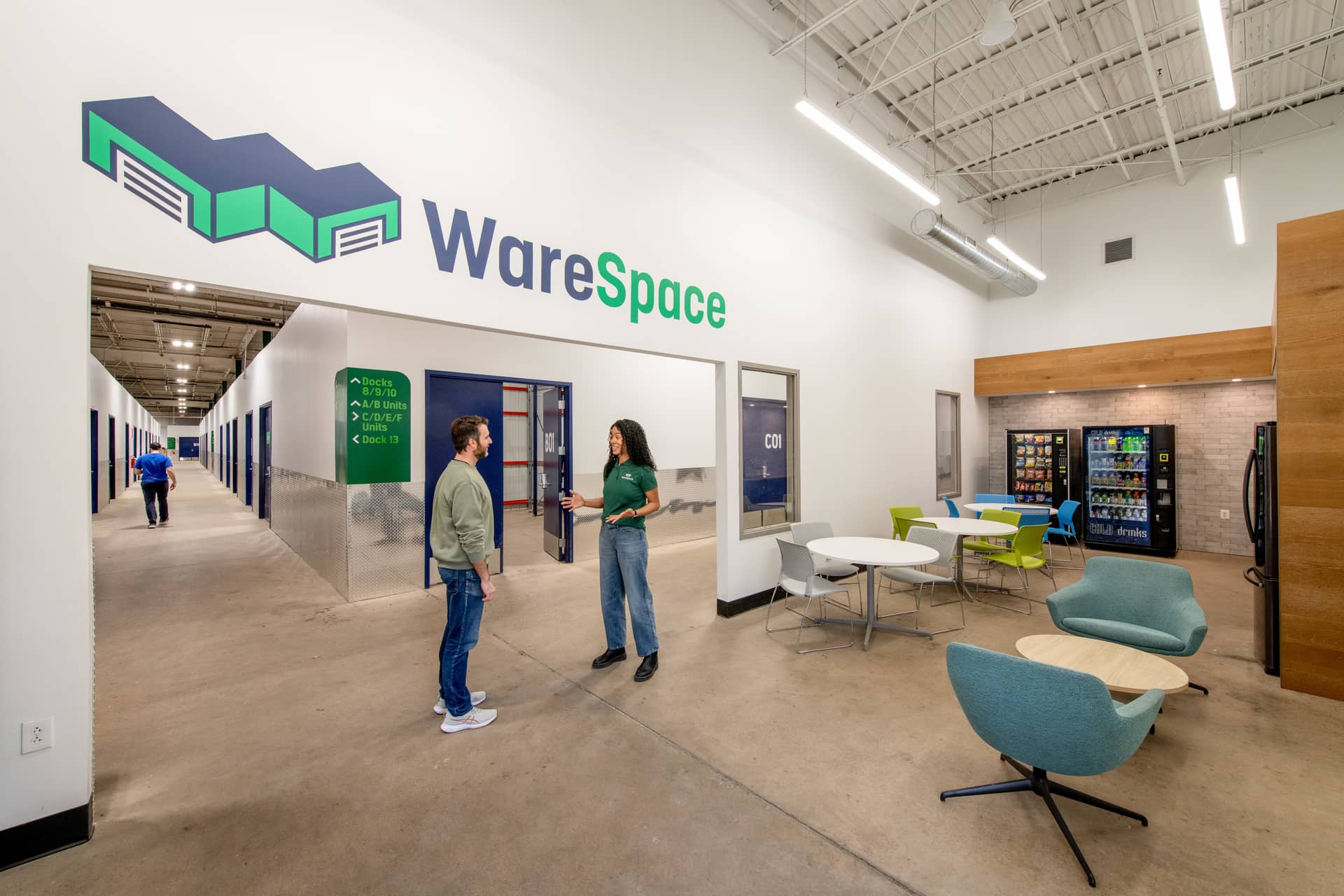



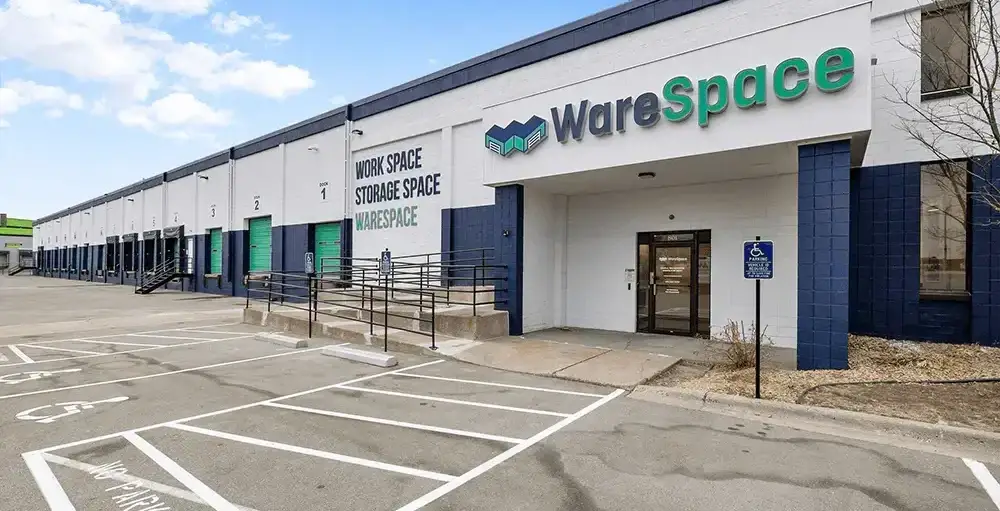
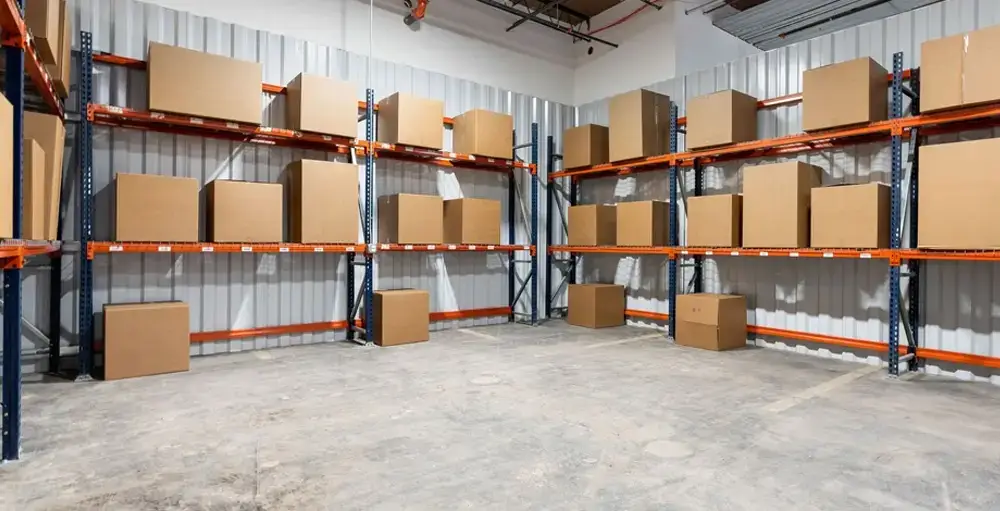
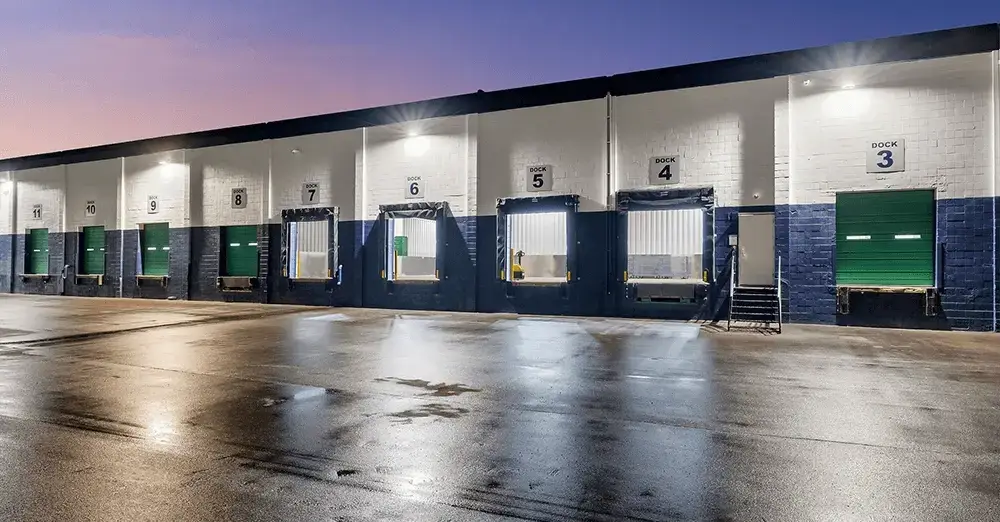
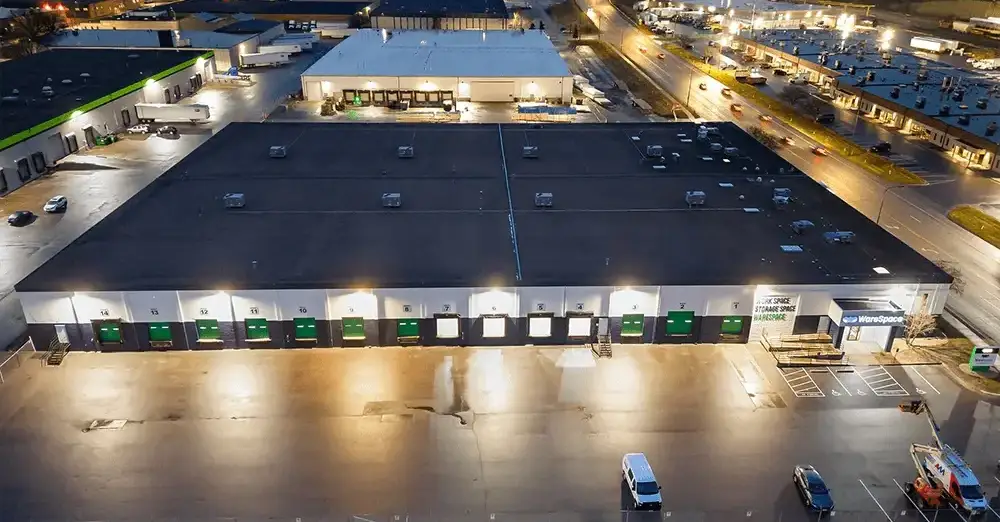











 ►
Explore 3D Space
►
Explore 3D Space